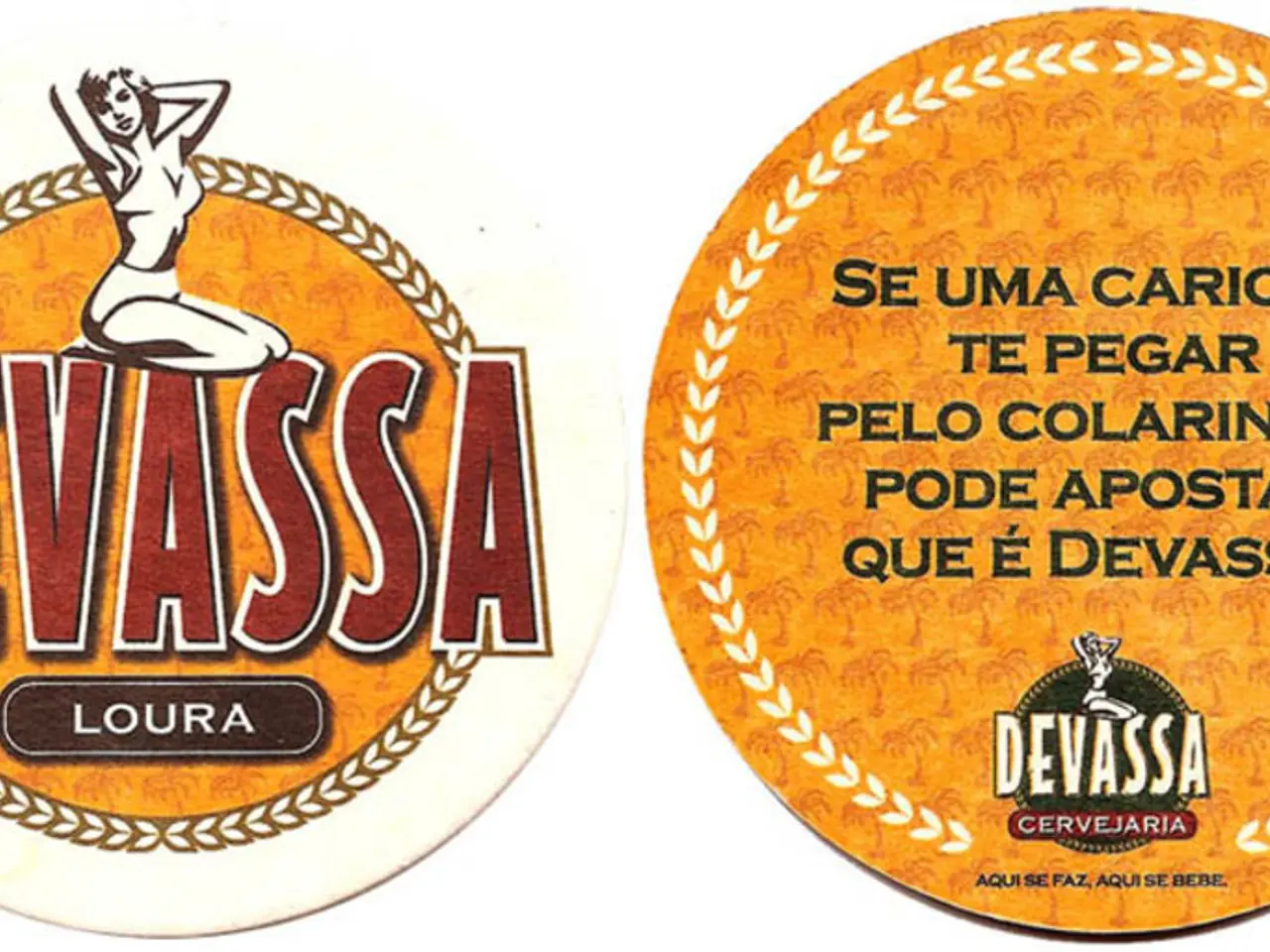Symbolic and Psychological Aspects in Logo Design: The Use of Icons and A dealt Metaphors
In the realm of branding, creating a memorable and impactful logo is crucial. Here are some key principles to follow for a successful logo design.
Firstly, if motion design is part of your brand, it's essential to write down animation rules to ensure consistency across all platforms.
To avoid confusion, limit misattribution to below 10%. If something is missed, simplify the silhouette and boost the form contrast.
Always check contrast according to WCAG AA standards as the basic level. Strive for AAA when possible to ensure accessibility.
Purely descriptive marks, such as 'PAY FAST' for a payment service, can be tough to register effectively. Aim for simple, legible, and geometric designs with visual elements designed for instant identification.
Ensure the primary logo stays clear at 24 px high on screens, and steer clear of lines thinner than 1.5 px at that size. This principle applies to both digital and print media.
Effective logos communicate through icons, indexes, and symbols, with metaphors adding extra meaning. Colour theory plays a crucial role in selecting harmonious and psychologically impactful colour palettes for logos.
Common failure patterns include Over-Literal Clichés, Gradient Over-Reliance, Hairline Details, Dark-Mode Clashes, Descriptive Weakness, and Sacred Symbols. Catch these early to save your design.
Always test in real placements, such as email headers, app icons, favicons, social avatars, and packaging mockups. Context alters perception and legibility.
Designers use creative intuition and strategic thinking to translate brand strategy into visual form. Give teams vector master files in SVG and PDF format along with Pantone, CMYK, RGB, and HEX colour values, a clear-space grid, and safe-area guides.
Logos shape first impressions and influence what people think about a brand within 200-300 milliseconds. They should convey a clear and distinct message, avoiding common cliches and standing out from competitors.
Advanced methods include using eye tracking and EEG data to understand user perception and emotional response to your logo design. However, these methods can be complex and may not always be necessary.
When it comes to legal considerations, target a level of distinctiveness that can be protected. Fanciful or arbitrary marks are strongest, suggestive are okay, and descriptive are usually weak. Check clearance screens at the start to spot crowded symbol families. Different regions have different rules for judging conflicts and protectability.
Purely descriptive marks, like 'PAY FAST' for a payment service, are tough to register. Aim for a Recall@1 of 50% or higher on the first exposure in the lineup.
Test the favicon at 16 px in plain and inverted versions. For print, let key strokes stay at about 6-7 pt or thicker. Adjust the negative space to keep the balance if a small detail vanishes.
A logo's design should match the brand's promise and reflect its values. It should also be tested across different cultures and generations to ensure it resonates with the intended audience.
Position your logo among key rivals and rate on three traits tied to your desired positioning for your target audience. Look for a statistically clear lead.
Building and growing your system involves mapping the whole family: primary mark, horizontal lockup, monogram, and app icon. Keep positioning clear so they relate the same way everywhere. Move beyond the mark to flexible icon sets, pattern systems, and motion rules that echo the same tone. Then publish easy-to-follow guidelines: who gets which asset, how to version them, and regulations that flex a bit for different uses but never lose brand strength.
Logo testing involves rapid recognition tests, decision thresholds, and tracking metrics such as recall, target-trait score, and misattribution rate. Consider where touch targets go and how to simplify small icons without losing meaning.
Remember, design for reality. Check contrast according to WCAG AA standards as the basic level, and use AAA when possible. Test the favicon at 16 px in plain and inverted versions. For print, let key strokes stay at about 6-7 pt or thicker.
In conclusion, by following these best practices, you can create a logo that effectively communicates your brand's identity, resonates with your audience, and stands out in a competitive market.




